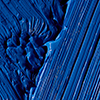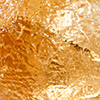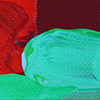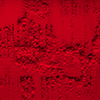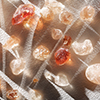Woad dye
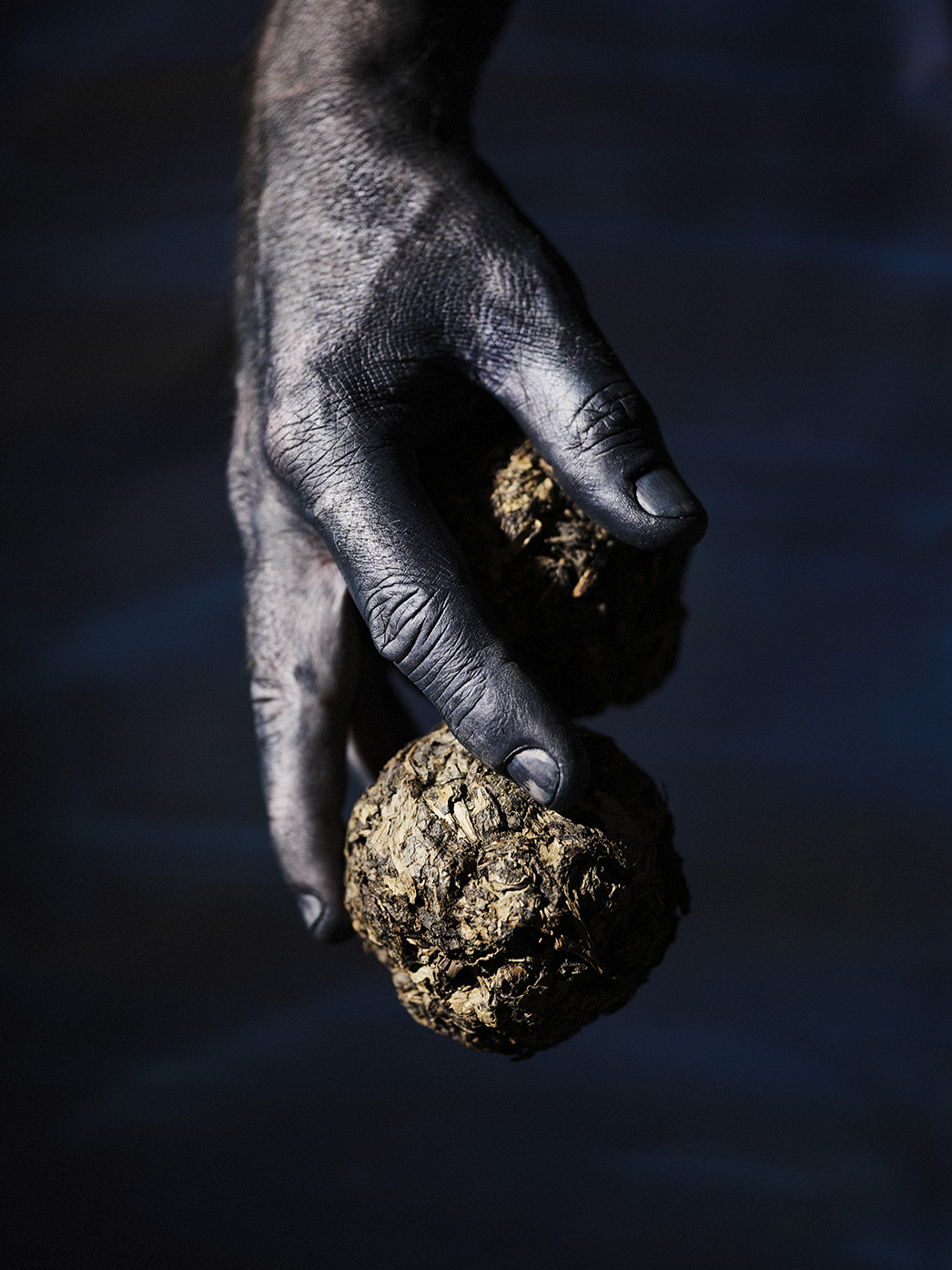
WOAD WAS WIDELY USED AS A DYE IN EUROPE AS EARLY AS THE STONE AGE.
Ancient Britons covered their bodies with woad to face the Roman legions and it is said that they struck fear into Julius Caesar himself.
The first part of the woad-making process involved taking fresh leaves of the woad plant, Isatis tinctoria, grinding them to a pulp, rolling them into balls the size of large apples and leaving them to dry in the sun. They could then be stored and used at a later date. Like indigo, the dye is extracted by fermentation. Traditional recipes specify that the plant be soaked in urine under the heat of the sun and trampled for three days. After that, the remaining liquid is a yellowish colour.
The indigo molecule is the blue colourant in woad. The magical quality of indigo is that the distinctive blue colour only develops after the textiles are removed from the dye bath and exposed to air. During the dyeing process, a scum called florey, known as the flower of woad, also develops on the surface. This was skimmed off and dried so it could be used separately as a paint colour.
The fermentation process releases large quantities of ammonia. Far worse, however, is that the plant depletes the soil that it grows in, leaving an infertile wasteland in its wake. Laws were passed in medieval Europe to curb this devastation.
Although indigo was known since Imperial Rome, the more colour-intense Indian indigo was not readily available in the west until commercial quantities were imported at the beginning of the 17th century. It supplanted woad, and production rapidly declined as a result.
